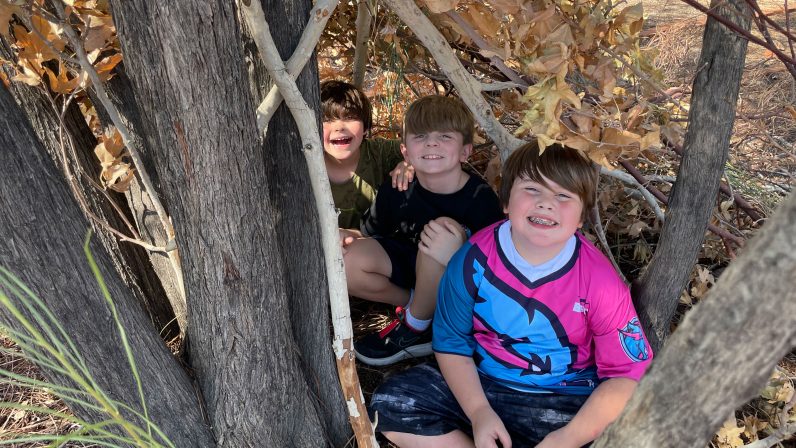In preparation for a writing lesson about pumpkin seeds with the 3rd/4th graders, I found these few lines from a poem from “Jerusalem,” a poem by Naomi Shihab Nye:
“There’s a place in my brain
where hate won’t grow.
I touch its riddle: wind, and seeds.
Something pokes us as we sleep.
It’s late but everything comes next.”
I love the idea of “a place in my brain where hate can’t grow.” It seems to be an accurate description of what we do every day at the Seed. Working this way involves approaching every moment with intention. The way a classroom is designed, books featured on classroom shelves, and the language we give children to support their social interactions, are just a few examples of our intention.
The playground is a hotbed of opportunity for enhancing brains where hate can’t grow. When a student deliberately excludes another child from a group activity, it provides a moment to talk about inclusion and to grow empathy. These lessons don’t often happen right away, and require considerable repetition before progress is noted. In addition to educating the child who is excluding, others on the periphery of the situation learn valuable lessons about being an advocate for justice.
Another way this happens, also on the playground, is when children of different ages engage in play together. Older children often make space for younger ones to be part of a game, making accommodations for a younger child’s immaturity with rules and skill set. This teaches the older child to be flexible and understanding, while the younger child feels enhanced self-worth. Furthermore, the inclusive example offered by the older child serves as a strong role model that the younger one can replicate in the future.
The staff plays an important role in creating a space where hate can’t grow. We’re constantly refining our communication practices, which include deep listening and being honest in responses. We help each other with phrasing suggestions with challenging situations, and give each other feedback regarding tone of voice and precision of language. Furthermore, we continue to read, listen, and share conversations to make changes in our practices. It’s another example of what adrienne maree brown calls “adaptive intention.” In her words, “I believe that regardless of what happens, there is an opportunity to move with intention—towards growth, relationship, regeneration.” As we cultivate places in our minds and learning spaces where hate can’t grow, it does prepare us for everything that comes next.

